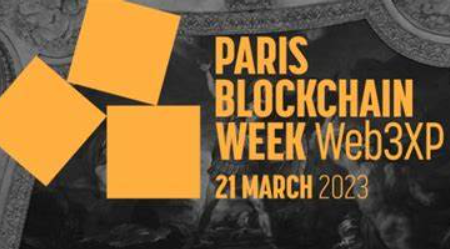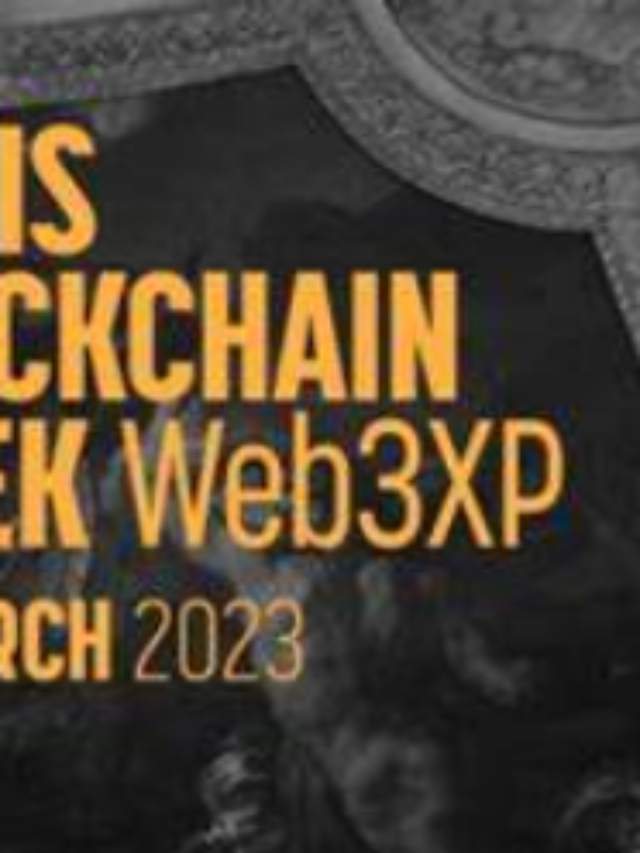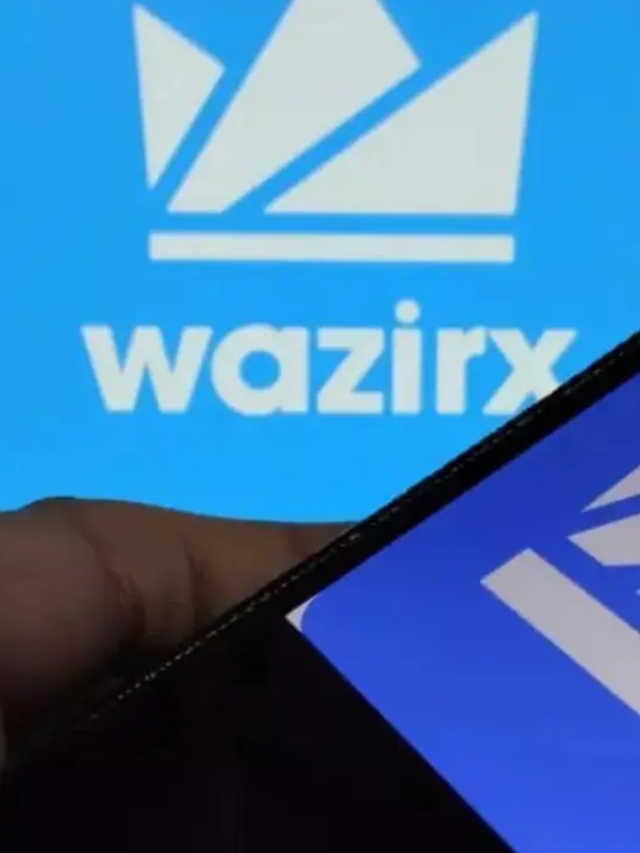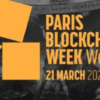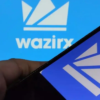Donald Trump’s decentralized finance (DeFi) initiative, World Liberty Financial, plans to launch on Aave’s Ethereum mainnet. This partnership aims to create a platform that sets new benchmarks and enhances the overall DeFi landscape.
World Liberty Financial officially debuted on September 18, attracting considerable attention. However, uncertainty remains regarding WLFI’s business model and tokenomics.
Trump’s DeFi Venture to Introduce WLFI on Aave Ethereum Mainnet
In a recent governance proposal, World Liberty Financial (WLFI) announced its intention to launch on Aave v3. This initiative, according to the proposal, would enable the DeFi venture to provide liquidity for Ethereum, Wrapped Bitcoin, and stablecoins, with potential expansion to other digital assets.

Financial
The WLFI initiative also aims to utilize its marketing strategies to promote DeFi to a broader audience, including attracting new users interested in over-collateralized borrowing and lending. It plans to leverage Aave’s position as a market leader in decentralized lending to offer a seamless experience for supplying and borrowing digital assets.
The DeFi venture will adopt the same reserve factor system as the primary Aave platform. Additionally, the Aave DAO is set to receive 20% of the protocol fees generated by the World Liberty Financial Aave v3 instance, indicating a mutually beneficial relationship between the World Liberty Financial and Aave protocols.
This integration could potentially expand Aave’s user base. The Aave DAO will also be allocated around 7% of the total WLFI token supply. The token will have various use cases, including governance, liquidity mining, and promoting the decentralization of the WLFI platform. Furthermore, a revenue-sharing model will be established through a trustless smart contract.
World Liberty Financial also aims to onboard assets that may not be compatible with the main Ethereum market. To achieve this, it will leverage its connections to traditional finance (TradFi) and institutional investments. However, the realization of these plans depends on the approval of both the Aave DAO governance and the WLFI community.
The intention to integrate with Aave was initially expressed in early September, two weeks prior to the DeFi venture’s official launch. The platform stated its mission to elevate both cryptocurrency and America by driving the widespread adoption of stablecoins and DeFi.
As reported by BeIn Crypto, the launch did not meet crypto investors’ expectations amid skepticism about the project’s viability, particularly concerning its business model, operational strategies, and target customer base, as well as how its decentralized lending protocol would generate revenue.
Conclusion
In conclusion, while World Liberty Financial partnership with Aave represents a significant step in expanding the DeFi ecosystem, the project faces considerable challenges that must be addressed for it to succeed. The uncertainty surrounding its business model and the skepticism expressed by potential investors may hinder its ability to attract users and establish itself as a trusted platform within the competitive DeFi landscape. This skepticism is compounded by questions about its tokenomics and operational strategies, which must be clearly articulated to instill confidence among stakeholders.
The success of this initiative will largely depend on how well World Liberty Financial can clarify its objectives and demonstrate the tangible benefits of its services to its users. Engaging the community through transparent communication and consistent updates will be crucial in building trust and loyalty. Furthermore, the venture must effectively leverage its marketing efforts to educate potential users about the advantages of DeFi, particularly the unique opportunities offered by WLFI in conjunction with Aave’s robust framework.
As the DeFi sector continues to evolve, the performance of WLFI on Aave’s Ethereum mainnet will be closely monitored by both supporters and skeptics alike. This scrutiny will not only impact the immediate success of the venture but will also set important precedents for future projects in the space. By learning from both its successes and setbacks, World Liberty Financial could provide valuable insights into the complexities of launching and sustaining a DeFi initiative in a rapidly changing financial landscape.
Ultimately, the journey of WLFI serves as a critical case study for future decentralized finance ventures, highlighting the need for clear strategic planning, community engagement, and adaptability in an industry that is constantly evolving. If the project can navigate these challenges effectively, it may not only establish itself as a viable player in the DeFi ecosystem but also contribute to the broader acceptance and understanding of decentralized finance among traditional investors and the general public.



